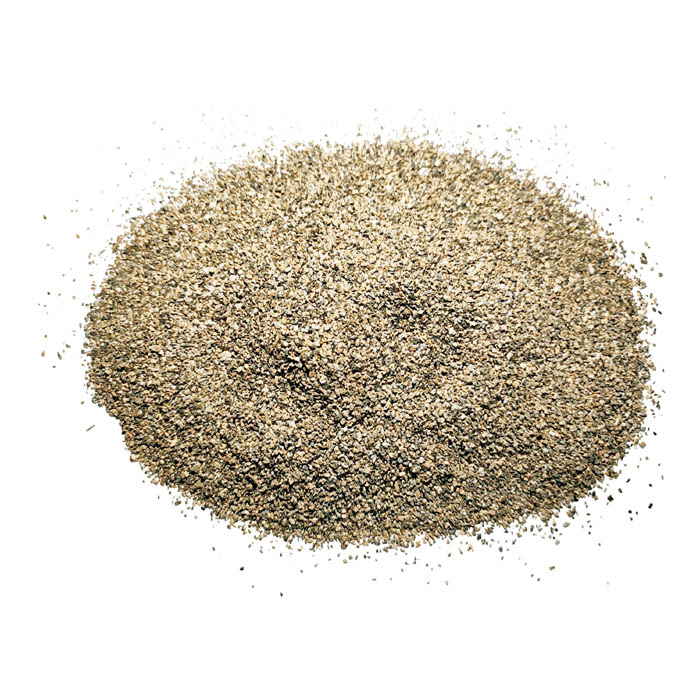joulu . 23, 2024 10:34 Back to list
Understanding the Applications and Benefits of Steel Wire Rods in Various Industries
Steel Wire Rod An Overview of Production, Properties, and Applications
Steel wire rod is a vital component in various industrial applications, serving as a primary material for the manufacturing of wire, cables, and other steel products. Produced through the continuous casting of molten steel followed by rolling, wire rod is characterized by its round shape and specific cross-sectional dimensions, typically ranging from 5.5 mm to 19 mm in diameter. Understanding its production processes, properties, and applications provides insight into its significant role in modern industries.
Production Process
The production of steel wire rod begins with the selection of high-quality raw materials, primarily iron ore, coal, and limestone. These materials are smelted in a blast furnace to produce molten iron, which is then converted into steel through deoxidization and alloying with other elements to enhance its properties. Once refined, the molten steel is cast into rectangular billets, which are subsequently reheated and rolled into wire rods.
The rolling process involves several stages where the billets are passed through a series of rollers at high temperatures. This deformation not only shapes the steel but also enhances its mechanical properties through work hardening. The rod is then cooled, usually through air or water quenching, and can be treated with additional processes such as annealing, which improves ductility and reduces internal stresses. The final step involves coiling the wire rod into manageable rolls for distribution.
Properties of Steel Wire Rod
Steel wire rods possess a unique set of physical and mechanical properties that make them suitable for various applications. One of the primary characteristics is their high tensile strength, which is essential for applications that require resistance to stretching and deformation. This strength is achieved through careful control of the alloying elements and the heating and cooling processes during production.
In addition to tensile strength, steel wire rods offer excellent ductility, allowing them to be drawn into thin wires without breaking. This property is crucial for the manufacturing of wire products, as it enables easy manipulation and shaping. The corrosion resistance of steel can also be enhanced by adding elements such as chromium or zinc, making the wire suitable for outdoor applications where exposure to moisture is a concern.
steel wire rod

Moreover, wire rods can be produced in various grades and specifications to meet specific industry standards. These grades often relate to their carbon content, alloying elements, and mechanical performance, catering to diverse applications across sectors.
Applications of Steel Wire Rod
The versatility of steel wire rod translates into a wide range of applications. In the construction industry, wire rods are commonly used to manufacture reinforcing steel bars (rebars) that strengthen concrete structures. The high strength and ductility of these rods ensure that buildings and infrastructure can withstand significant loads and stresses.
In the automotive sector, steel wire rods are essential for the production of tires, springs, and cables. The automotive industry demands materials that can endure repeated stress and provide safety; thus, wire rods are integral to their design.
Additionally, the electrical industry relies heavily on wire rods for the production of conductors and cables. The conductivity of the steel, combined with its mechanical properties, allows for the efficient transmission of electricity in various applications, from residential wiring to high-voltage power lines.
The manufacturing of various consumer goods also benefits from the use of steel wire rods. Items such as furniture frames, household tools, and industrial machinery components all utilize wire rods due to their strength, longevity, and adaptability.
Conclusion
Steel wire rod stands out as a crucial material in numerous industrial sectors, owing to its exceptional mechanical properties and versatility. Its production process, from raw material selection to final coiling, ensures a high-quality product tailored to meet the specific needs of various applications. As industries continue to evolve, the demand for advanced materials like steel wire rod will remain, further solidifying its importance in modern manufacturing and engineering solutions.
-
Environmentally Friendly Granule Covering Agent: Sustainable Solutions
NewsAug.27,2025
-
High Purity Graphitized Petroleum Coke & Low Nitrogen Recarburiser
NewsAug.26,2025
-
Fe-C Composite Pellets for BOF: Enhance Efficiency, Lower Steelmaking Costs
NewsAug.25,2025
-
Durable Building Material for Round Wall Exporters | Custom Shapes
NewsAug.24,2025
-
Tundish Dry Vibrator: Boost Steel Casting Performance
NewsAug.23,2025
-
Thermal Insulation Cups Materials Exporters - Quality & Durable Supplies
NewsAug.22,2025
